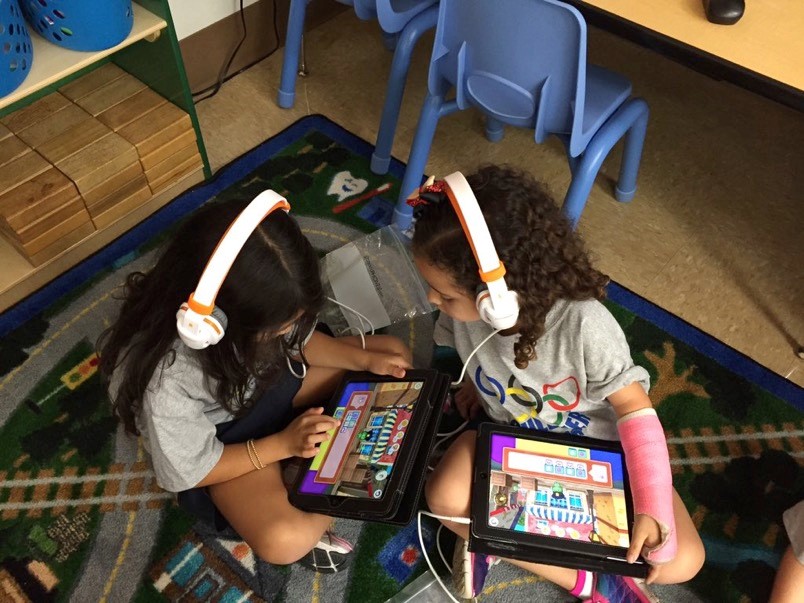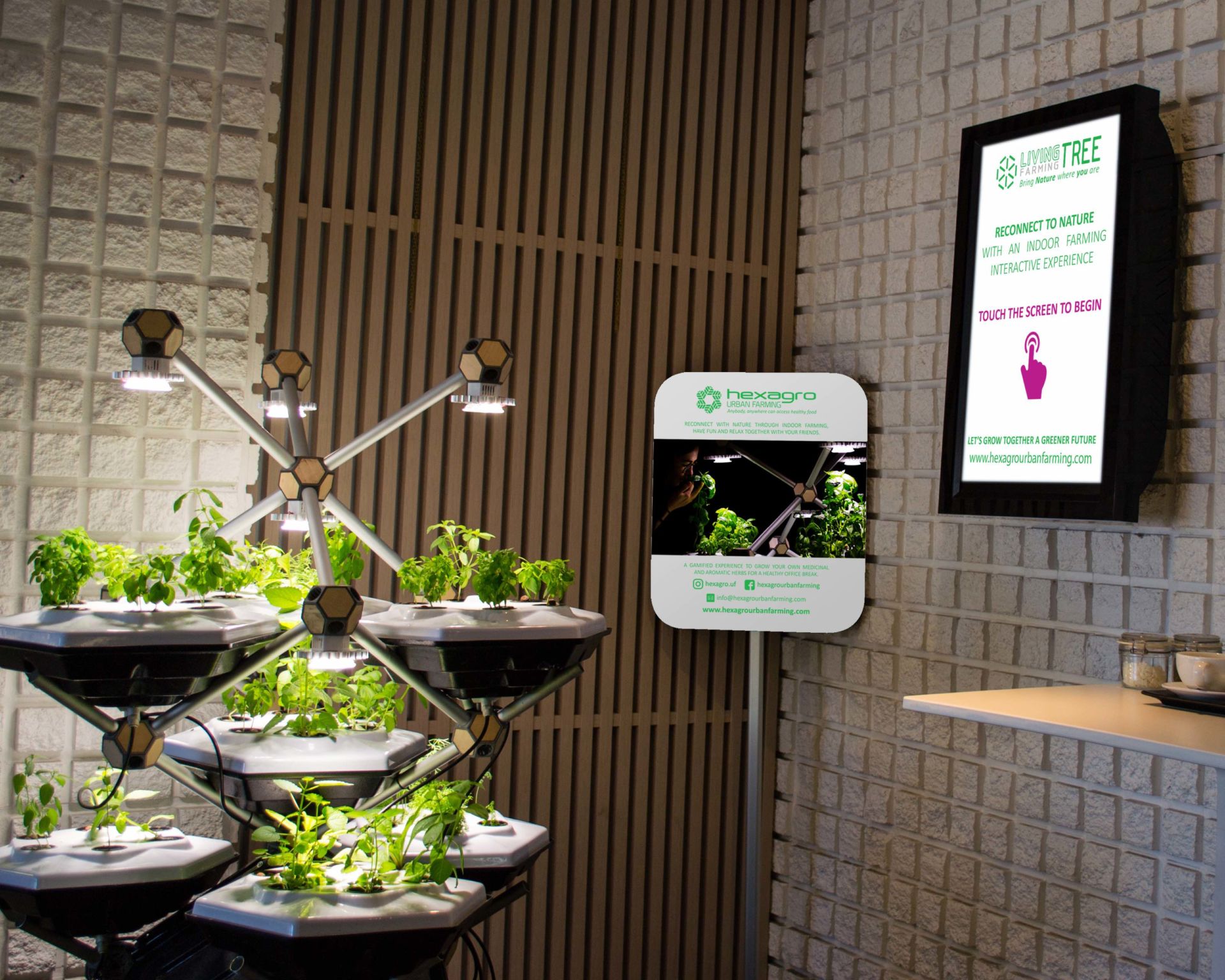The intersection between science, technology, engineering, and math is transforming our economy and our schools. As we take strides in strengthening STEM education, we are realizing the global impact that leadership in STEM has on our current generation of young people. Leaders in the field can provide opportunities for young people to engage in the important work that will move our organizations forward during this era of innovation.
As we prepare students for college, career, and beyond, it is important that we equip them with essential skills for success. When schools embrace a learning model like STEM, future-ready skills are embedded in the learning. Communication and collaboration are known as essential 21st Century skills. Combined with creativity and critical thinking, these 4 Cs are essential for our students as they move forward into the unknown future. We do not know what the future will hold for our students. When we equip students with “soft skills” and dispositions like thinking flexibly, persevering, and effective teamwork, they will be better prepared.
Educators are finding engaging ways to build these skills in the classroom. STEM education exposes students to core content while also seeing the interconnected nature of the topics. For instance, hands-on projects and engineering design challenges face students with problems that need to be solved. Students tap into their own knowledge while using creative thinking skills to craft solutions. Students troubleshoot and mess around with materials as they work through multiple iterations of a design.
This kind of learning experience is not usually linear but takes students on twists and turns as they try different approaches and materials within their work. And it is work. Despite the fact that this learning may look different, it is still driven by content. The content, however, can be approached in a way that is fun for students. It resembles the type of play students experience at home through tinkering and building.
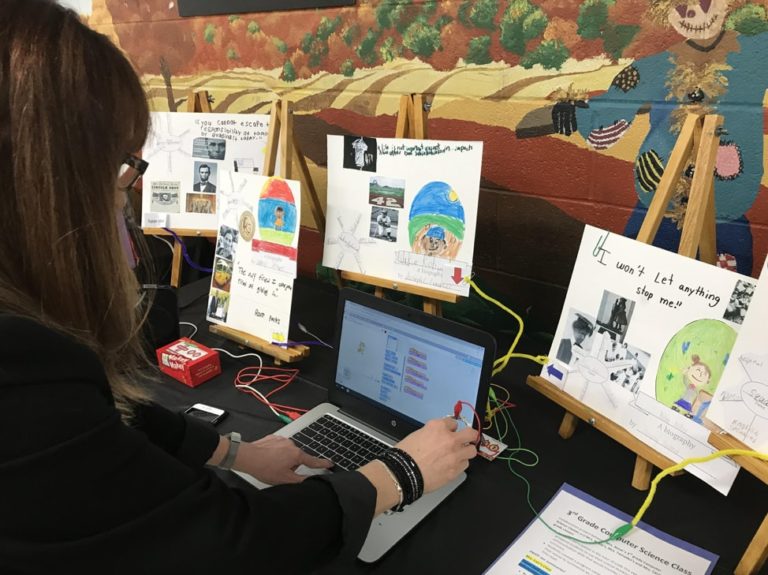
How Can We Broaden Our Impact?
Creating a global impact through STEM education can happen in ways that can improve schools and communities. Increasing access within our school systems opens doors for all learners. Importantly, this creates opportunities where they previously did not exist. We can leverage this access as a means to explore careers and prepare students for the future of possibilities. In turn, we are developing a mindset that will serve students in school, career, and beyond.
One way that regions and organizations are creating sustainable support systems for STEM advancement in schools and communities is through STEM ecosystems. By developing networks of learners, educators, and STEM experts, we can not only ignite innovation in our schools and communities but also broaden our global impact.
Effective STEM ecosystems focus on collaborations with school districts, institutions of higher education, corporations, and community organizations. An ecosystem approach entails taking collective knowledge and experiences from those in the network. We then leverage them to create rigorous and relevant learning for students. Formal and informal ecosystems across the United States are combining their knowledge to create access and opportunity for young people.
For example, my region is lucky to have the Remake Learning Network. This tremendous organization has been a catalyst for positive change across Pennsylvania, West Virginia, and Ohio. Notably, the Network spreads a message of collaboration and creativity further beyond those boundaries. My state of Pennsylvania has also established the Beaver County Innovation and Learning Consortium (follow our work on Twitter @BeaverCountyILC). This consortium is a cross-sector group of school districts working together to build capacity within our students, teachers, and leaders to advance STEM learning. Our work focuses on increasing access to STEM learning, developing career readiness, and fostering a mindset for new learning.
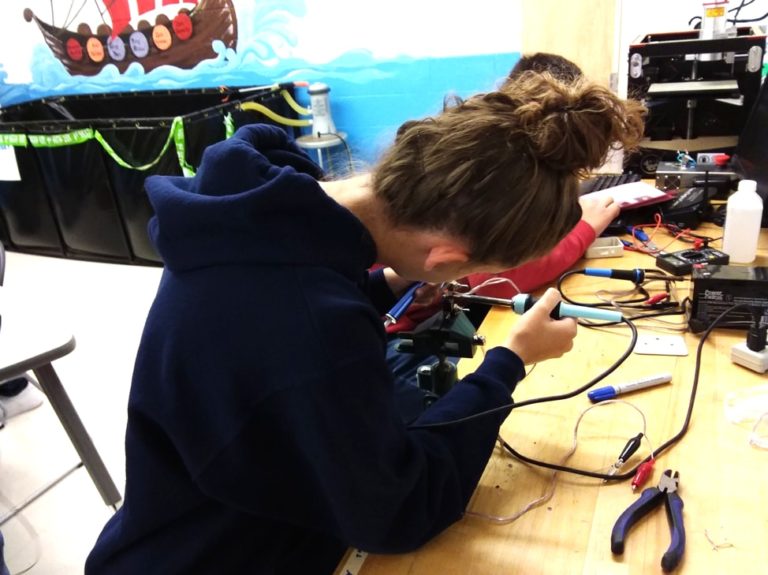
Editor’s Pick – Related Articles:
“Ed Tech for All: Interview with KAINOafrica”
“Building a Community of Kid Creators”
Access
Schools are working to provide more opportunities for all learners. However, access to STEM tools and experiences are not equitable across school systems. Particularly, underrepresented groups including students of colour and those economically disadvantaged may not have exposure to quality materials, resources and programs. Particular attention to females in STEM is also rising. Role models in coding, physics, architecture, and artificial intelligence are paving the way for students aspiring to take on STEM fields of the future. STEM learning in schools can support all students who are looking to pursue new knowledge in science, technology, engineering and math.
Career Readiness
We can create a pathway to STEM opportunities for young people by preparing them for potential careers. Specifically, developing readiness is especially important with the unknown status of needed jobs in the future. Consider the jobs of today that did not exist in 2009; app developer, drone operator, podcast producer. Though we do not know the exact jobs that will exist in 2029, we do know they will require an innovative mindset and future-ready skills.
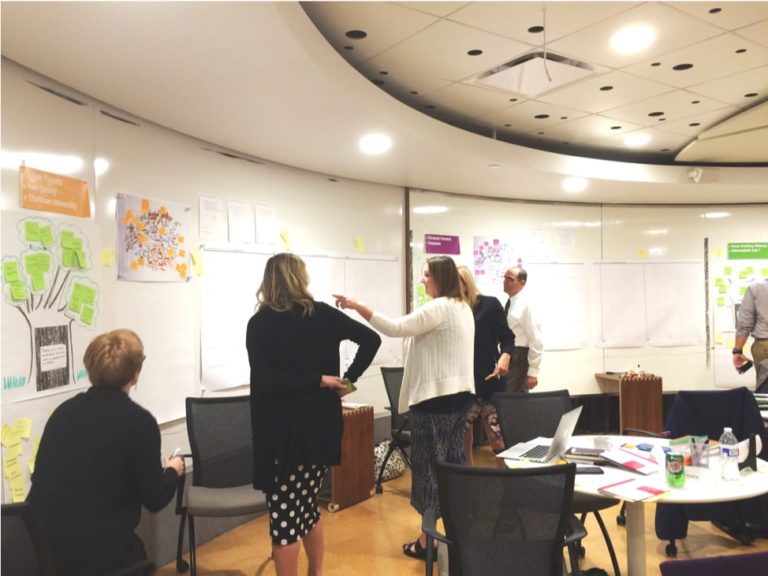
Mindset
Building content knowledge is important. However, I would argue that sometimes it is more about the mindset developed through STEM education. How do we foster the critical dispositions that will equip young people to be successful in the future? As learners engage in problem-solving, design thinking, and project-based learning, they experience setbacks and failures that develop a mindset for STEM learning. Perseverance, flexibility, and curiosity happen in STEM classrooms. Here, educators are laying the foundation for creative designers, innovative engineering, and meticulous mathematicians of the future.
What’s Next?
With the rapid advancement of new technologies, learning in the 21st century looks different than the learning of past generations. We no longer expect students to sit idly at their desks working on pencil and paper tasks. Instead, we are giving them daily opportunities to create and innovate in their classrooms. It does not matter what name we give it. This integrated approach to learning is a hands-on way to engage every student in the excitement of learning something new. When we equip every learner with these skills, we are ensuring that they are ready to take on the future!
In the Cover Picture: Young students using VR headsets. Photo Credit: Jacie Maslyk




